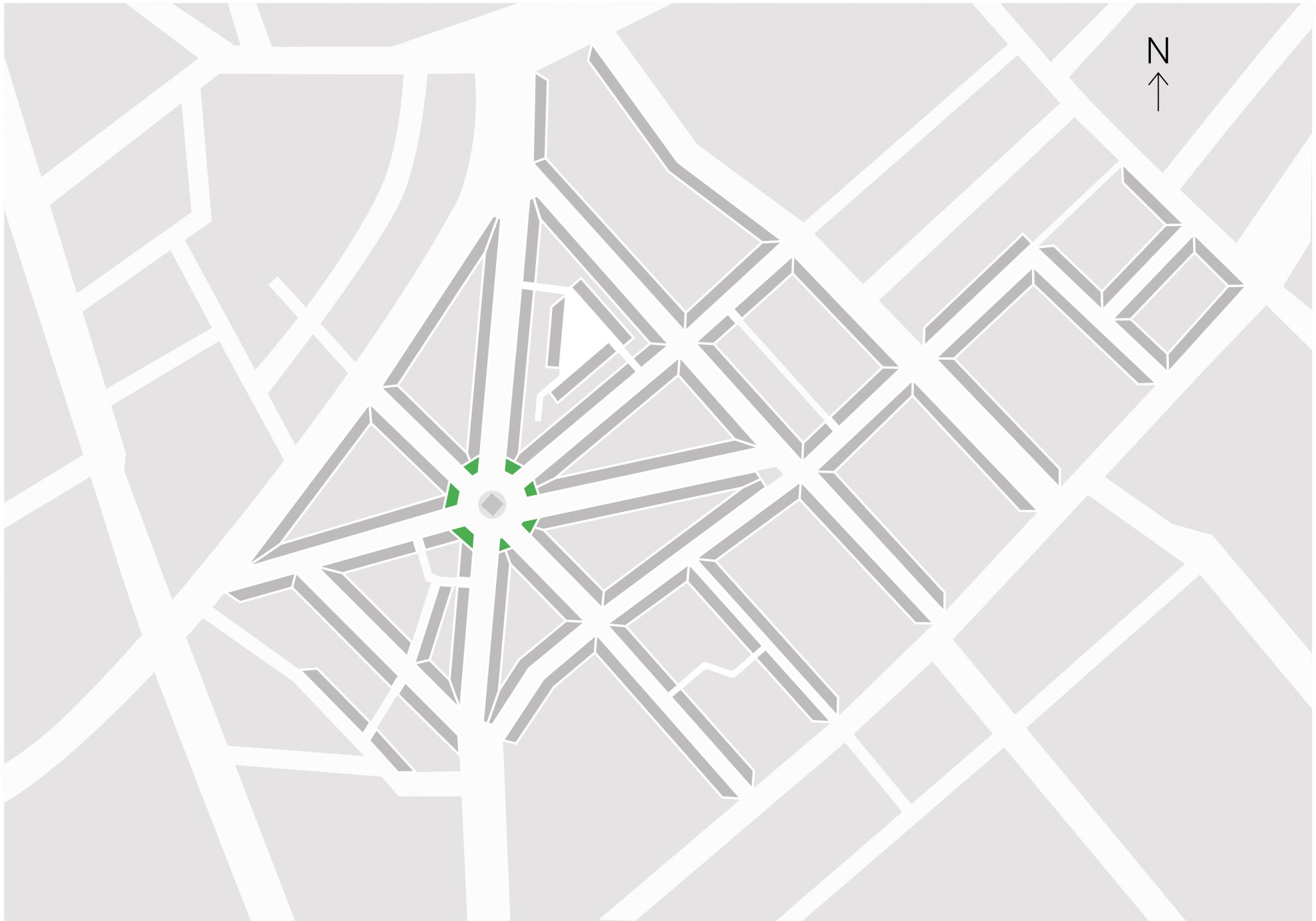
Seven Dials was one of the many creations of Thomas Neale MP (1641-99). He was granted the freehold of the land then known as Marshland or Cock and Pye Fields by William III. Plans for a building licence were submitted to Sir Christopher Wren, the Surveyor-General, in 1692 and showed six streets, at least 316 houses and an estate church, in a star-shaped pattern radiating from a central point. Neale subsequently added a street and failed to build the church. Construction began in 1693.
As soon as the streets had been laid out, sewers installed and the initial corners developed, Neale chose Edward Pierce, the greatest carver of his generation, to build a sundial pillar at the centre of the development, giving Seven Dials its name. The Sundial Pillar was pulled down by order of the Paving Commissioners in 1773. The pillar that can be seen today at the centre of The Dials is a meticulous reconstruction, completed in 1989.
